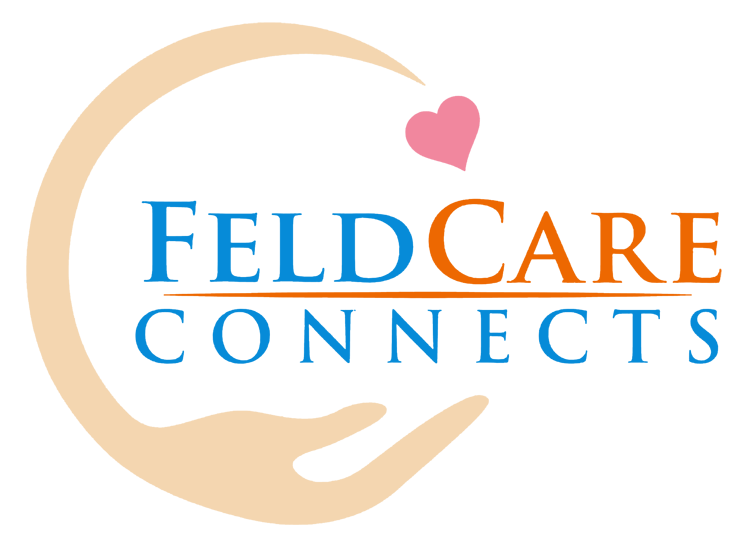Are you ready for PDGM?
Medicare’s 2020 Patient Driven Grouping Model (PDGM) changes how patients are cared for and how agencies are reimbursed for that care. It’s driven by a need to focus on patient care and eliminate gaps in care. In essence, the goal is to incentivize agencies to use Medicare funds wisely and put patient care first. This paradigm shift represents an important step away from the “fee-for-service” model that has been popular and towards an ideal of “value-based-reimbursement.” For agencies, this means that there are new challenges and opportunities in creating sustainable, profitable business practices.
CMS considered important principles of payment reform, including improved payment accuracy for services, fair compensation to Home Health Agency, and an increased quality of care for Medicare Home Health beneficiaries … The PDGM is a new payment model that relies more heavily on patient characteristics and other patient information to place Home Health series of care into meaningful payment categories that more accurately define the Medicare Home Health benefits. – Kelly Vontran, CMS
So, how does PDGM affect your revenue, and therefore, your business practices? Historically, Home Health Agencies receive most of their Medicare funds from three separate and distinct sources, the Clinical ‘bucket’, the Functional ‘bucket’ (Nursing) , and the Service Utilization ‘bucket’ (Therapy). With PDGM, those buckets are combined into one of 432 different Home Health Resources ‘bucket’ (HHRG). In the old model, an increased number of therapy visits would increase the agency’s reimbursement. With PDGM, it’s based on the patient’s comorbity and timeliness of visits. PDGM will incentivize agencies to focus on providing care earlier and more frequently, which should result in better patient care.

herapy isn’t going away.
Some argue that Medicare’s new payment model incentivizes Agencies to provide less care for their patients, or at least less therapy. It’s true that there will no longer be strong financial incentives for therapy visits. However we are confident that as long as patients will be in need of care at home, there will be a need for FeldCare Connects. According to ‘Home Health Care News‘ dramatically cutting back therapy is a big red flag for medicare.
“‘Either they were doing way too much therapy potentially in the past before PDGM because they were trying to drive up reimbursement or they’re doing a lot less therapy [after] — even though their patients might need it — because they’re trying to lower their costs,’ Whatever the case, a CMS contractor will likely come knocking.”- Bailey Bryant, Home Health Care News
FeldCare Connects is here to help.
FeldCare Connects is committed to providing quality home therapy care in the best way possible. With the coming changes, you need to be confident that your patients are getting the best possible care. Here are a few things we’re doing to help seamlessly transition our practices towards the PDGM model:
- Training our clinical and administrative teams on PDGM basics
- Coaching our clinicians on OASIS
- Getting patients seen sooner, faster, and more frequently within the first thirty days
- Collaborating with Agencies about diagnoses and comorbidities
- Reducing missed visits
- Working with agencies to understand and account for clinical groupings
- Continuing our commitment to put patients first
FeldCare Connects is a home health therapy care provider committed to helping patients. Over 800 Agencies trust us to provide great care and keep their businesses going. If you need help providing therapy services to any of your patients, we’re here to help. Just get in touch with our intake team at Services@FeldCareConnects.com!
We’d love to hear your feedback regarding PDGM! If you have thoughts or ideas about adapting to the new changes, please contact us.


